From the TCM perspective, pain arises due to the congestion of Qi and blood, causing deficiencies in the body. Treatment methods such as scraping (Gua Sha), cupping (Ba Guan), and acupuncture target acupoints along the meridians of your body, helping to ease the blockage of Qi and blood. These treatments help to trigger your body’s natural self-healing ability, providing an effective way to manage pain naturally.
- Services
- Fertility Services
- After delivery
- Children
- Pain Management
- Neurological disorders
- Eczema & Aesthetics
- Sub-Health
- House Call
Fertility Services
The journey to parenthood may not always be smooth sailing for couples facing fertility issues. Traditional Chinese Medicine (TCM) can complement IVF and IUI treatments or serve as an alternative approach to improve your chances of conceiving.
After delivery
Confinement can be a particularly stressful period as you have to take care of the baby while your body is recovering from the toils of the delivery process. Find out how TCM can help nourish and restore your body’s balance during this crucial period.
Pain Management
From the TCM perspective, pain arises due to congestion of Qi and Blood or deficiencies in the body. TCM treatments help to ease the blockage of Qi and Blood, triggering your body’s self-healing ability. Say no to painkillers and find out how TCM pain management treatments can benefit you.
Neurological disorders
Neurological disorders encompass a diverse array of conditions that intricately affect the network of cells and nerves in the human brain and spinal cord. By integrating early intervention with Traditional Chinese Medicine (TCM) treatments and Western therapeutic modalities, we can establish a more comprehensive approach that is essential for elevating the quality of life for individuals affected by neurological disorders.
Eczema & Aesthetics
Skin-related issues can be a real nuisance and may affect your confidence in social settings. Skin being the body’s largest and most visible organ, is closely related to the Lung and problems usually arise from various internal imbalances. These imbalances are often due to toxin build up, Lung heat, Stomach heat, heat in the Blood, Blood or Yin deficiency.
Sub-Health
If you always feel weak and unwell, but medical reports indicate that you do not have any serious ailments, you may be in a state known as “Sub-health”. TCM treatments are effective in restoring your health to optimal levels by treating the symptoms and fortifying your body on a holistic level.
House Call
Need TCM treatment but unable to make it to the clinic? Be it for yourself, an elderly or your unwell child, our physicians can now treat you in the comfort and convenience of your preferred location island-wide.
- Physicians
- Articles
- Fees
- About
- Contact
- Book Appointment


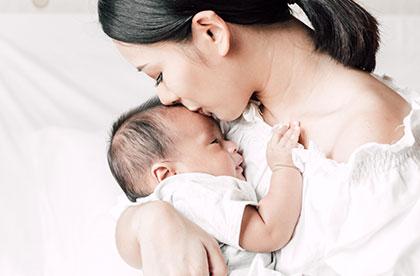

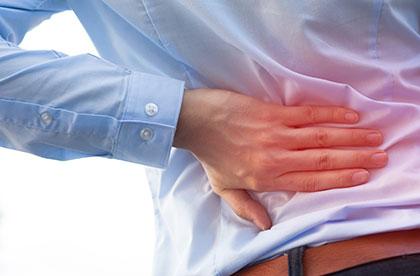
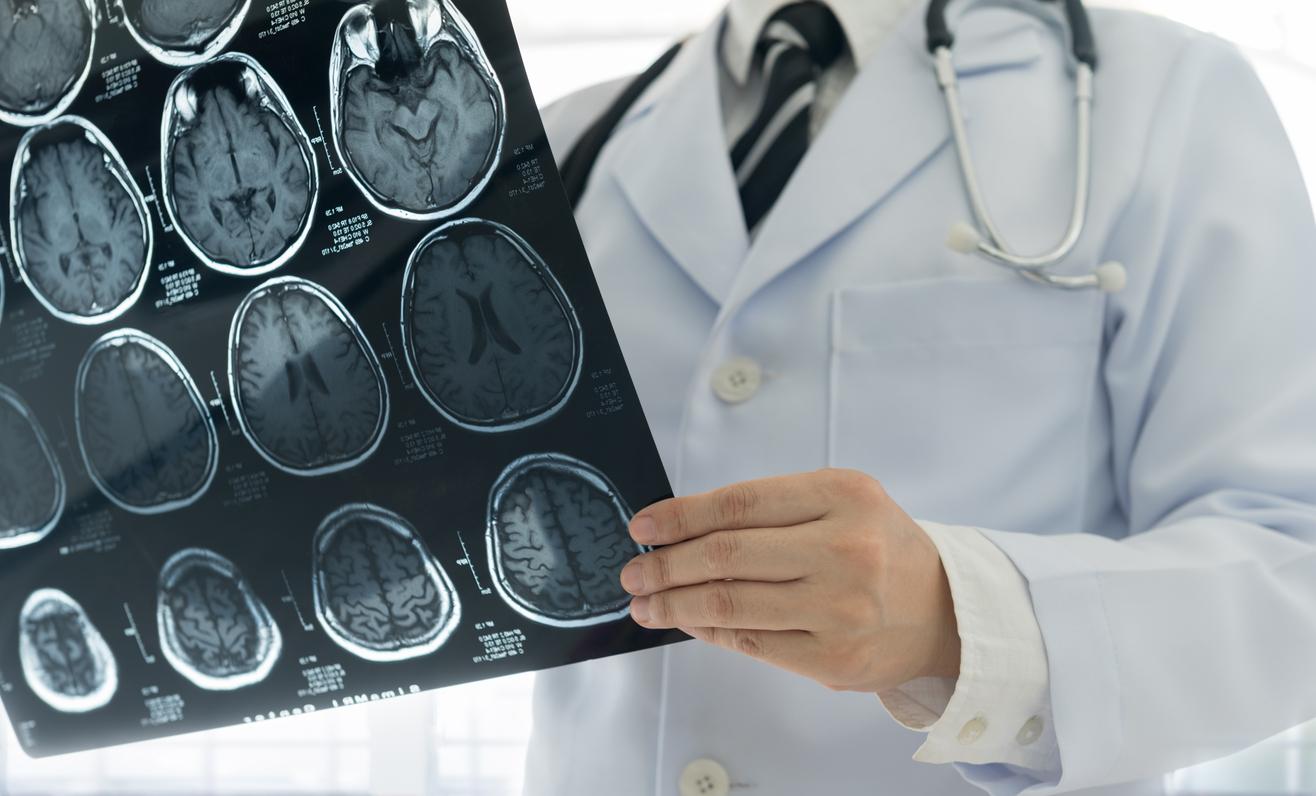

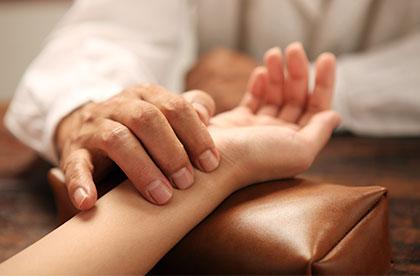
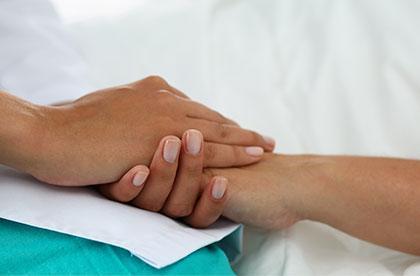
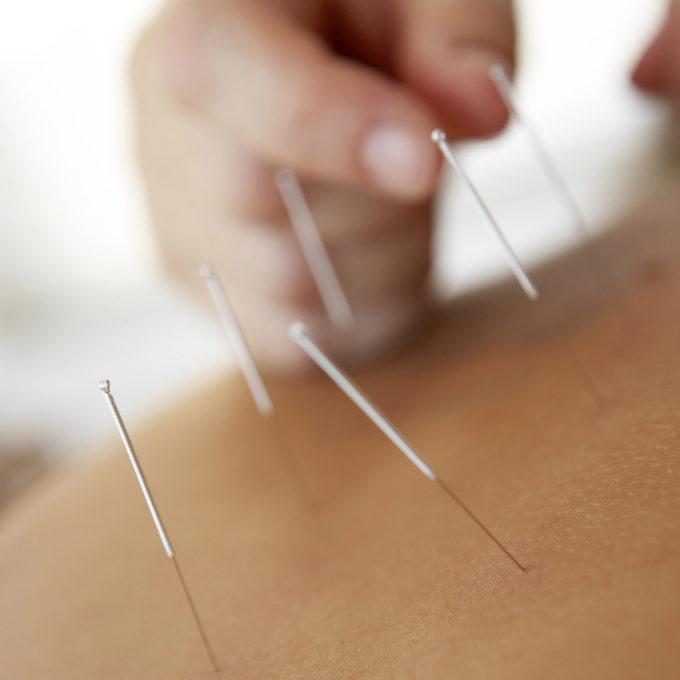 It involves the insertion of fine needles into the skin at specific acupuncture points. Each point is located on the meridians (energy pathways) and has a specific set of functions. By stimulating the points, the body releases endorphins – the body’s natural pain killers and also alternates the secretion of neurotransmitters which changes the blood flow for pain relief.
It involves the insertion of fine needles into the skin at specific acupuncture points. Each point is located on the meridians (energy pathways) and has a specific set of functions. By stimulating the points, the body releases endorphins – the body’s natural pain killers and also alternates the secretion of neurotransmitters which changes the blood flow for pain relief.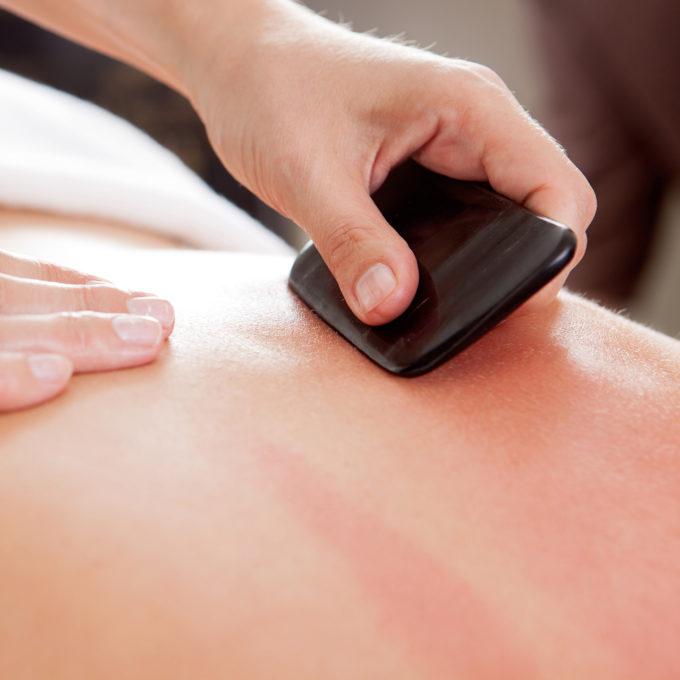 This is a healing technique created to withdraw “cold winds” from the body. Using a tool, the body is scrapped until the skin turns pink. In TCM, when “wind” is tapped in the body, it can turn into coldness or dampness that reside in the joints or muscles. Gua sha can help to pull out the cold and improve blood flow to treat muscle pain.
This is a healing technique created to withdraw “cold winds” from the body. Using a tool, the body is scrapped until the skin turns pink. In TCM, when “wind” is tapped in the body, it can turn into coldness or dampness that reside in the joints or muscles. Gua sha can help to pull out the cold and improve blood flow to treat muscle pain.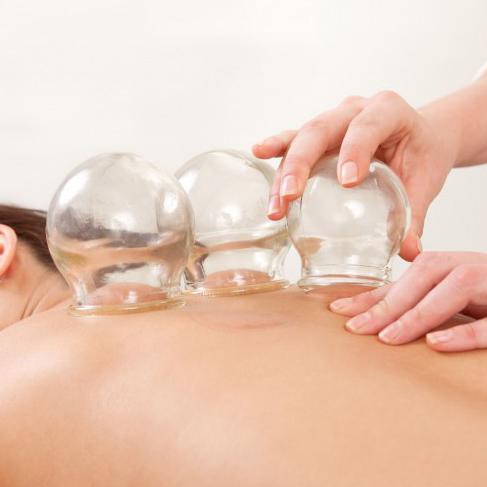 Think of this as a reverse massage. Suction is created in the cups using fire and quickly placed on the skin. As the cup act as a vacuum, it pulls up the skin, creating more space in fascia. This encourages more blood and oxygen flow, breaks up scar tissues and muscular knots. It also removes metabolic wastes and brings more blood and nutrition to the muscles for faster recovery.
Think of this as a reverse massage. Suction is created in the cups using fire and quickly placed on the skin. As the cup act as a vacuum, it pulls up the skin, creating more space in fascia. This encourages more blood and oxygen flow, breaks up scar tissues and muscular knots. It also removes metabolic wastes and brings more blood and nutrition to the muscles for faster recovery.